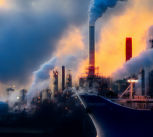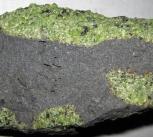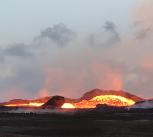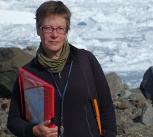The coral whisperer
25 February 2025Duygu Sevilgen has built a coral lab in the basement of an old Zoology building. Here, 10 experimental tanks host multicoloured miniature forests, with each tank representing a different marine environment. Duygu uses extremely small sensors to record the fine details of coral skeletons and listen to their dialogue with algae. In doing so, she determines how much change corals can bear, and improves our chances of saving them in the wild.










